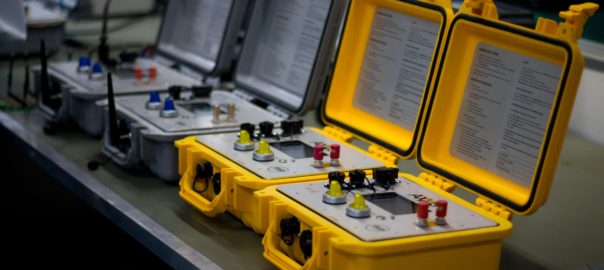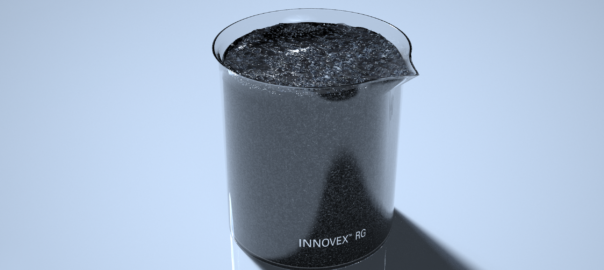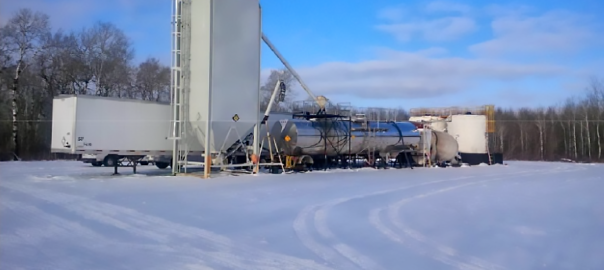In what it says will be a significant step in its international growth journey, BME Mining Canada Inc is to officially launch its greenfield production and service facilities in Nairn Centre, Ontario, later this year.
Developed in conjunction with its joint venture partner, Consbec, the facility underpins BME Mining Canada Inc’s evolution as a serious player in the North American market, according to Aaron Austin, BME’s General Manager Americas.
“The production plants on our site – which we will launch towards the second half of 2023 – will produce BME’s leading brand AXXIS electronic detonators, emulsion explosives and ANFO,” he said. “The facilities will also provide maintenance, servicing and cleaning of the company’s trucks and underground equipment – as well as give support for AXXIS blast initiation equipment.”
The facility will include laboratories for quality control and product development. The Nairn Centre development has been pursued alongside BME Mining Canada Inc’s success in breaking into the local market, he explained. Among the recent breakthroughs has been a five-year full-service contract with a surface gold mine in Ontario.
“Our growing in-country infrastructure builds the market’s confidence in us, and allows us to deliver our solutions and expertise to the same high quality world-wide,” he said.
BME Mining Canada is part of South Africa-based blasting specialist BME, a member of the JSE-listed Omnia Group.
As part of its ongoing expansion strategy, BME will have a presence at the Prospectors and Developers Association of Canada (PDAC) Convention in Toronto from March 5-8, 2023. BME’s focus at PDAC this year will be on launching its local joint venture in the form of BME Mining Canada Inc to the local market, as well as showcasing the latest generation electronic initiation systems – AXXIS Titanium™ and AXXIS Silver™ – which are key innovations that will be used in the region.
At the BME exhibit at PDAC will be BME’s AXXIS Support Manager, Hennie du Preez, who will showcase the system. BME General Manager, Michael Klaasen, will be there to touch base with international clients who will attend PDAC. Michelle Fedder, BME’s Brand and Marketing Manager, will also attend.
Fedder said: “The market has been excited by the ways that AXXIS Titanium, along with BME’s range of digital innovations, is helping mines to further improve safety and reduce their energy costs and achieve ESG targets in terms of more sustainable practices. Blast performance has also been enhanced through the increased blast duration per detonator, more units per blasting box and precise firing accuracy.”
Among the range of field testing that the new AXXIS systems have undergone is to conduct blasts in cold climates and freezing weather, according to Du Preez.
“We have had AXXIS successfully tested in the US for operating in temperatures below -40 °C,” he said. “This was done in anticipation of our growing business opportunities in the US and Canada.”
BME recently also employed AXXIS Silver to blast in sub-zero conditions for a diamond mining customer in the mountains of Lesotho.
Du Preez pointed out the benefit of thin, copper-cladded downline wire, which de-coils easily for use in small diameter holes – even when they are waterlogged. Due to their robust quality, BME’s electronic detonators were able to remain in the holes for two days before blasting, in temperatures below zero where the hole collars froze solid, he said.
















